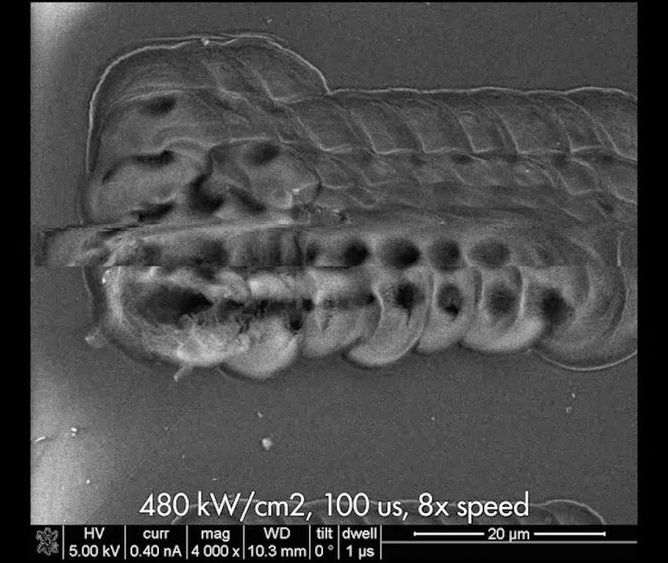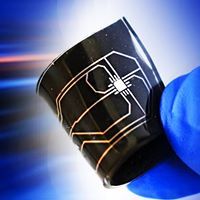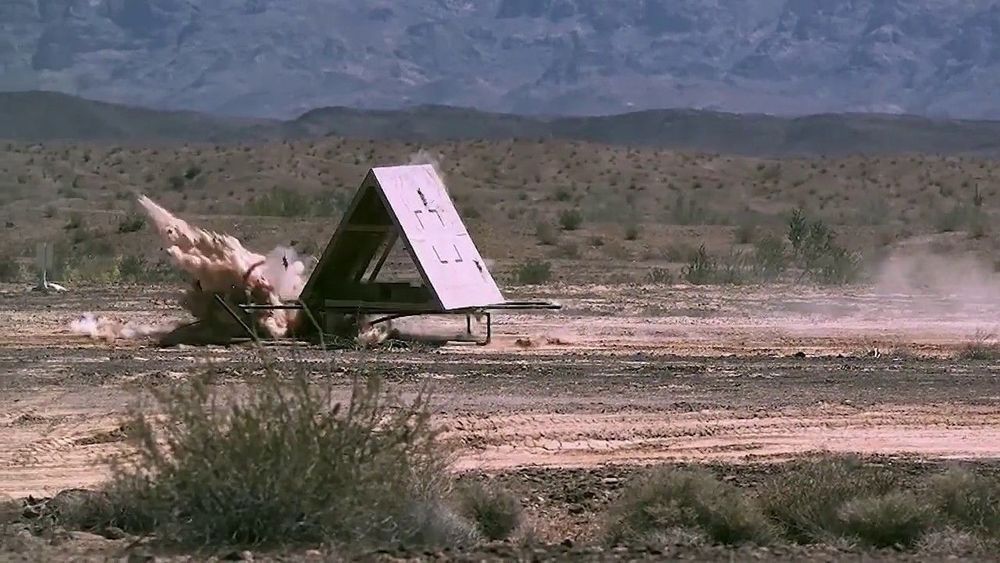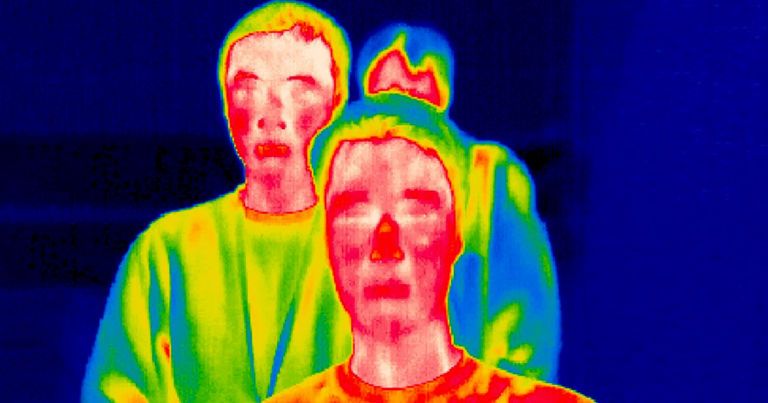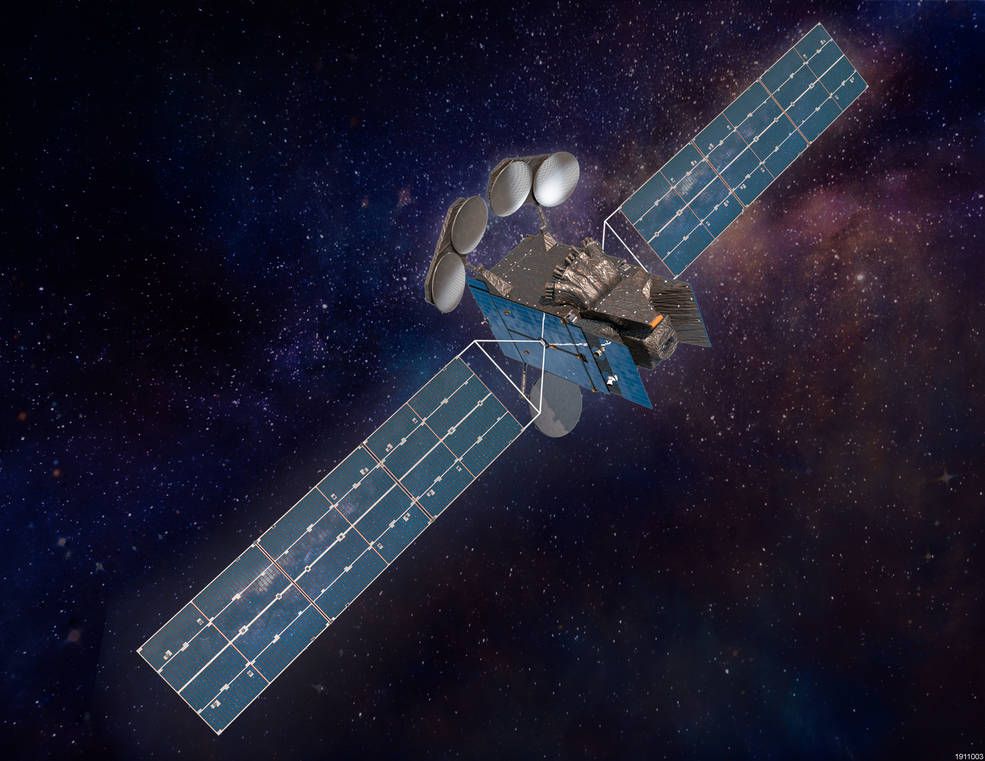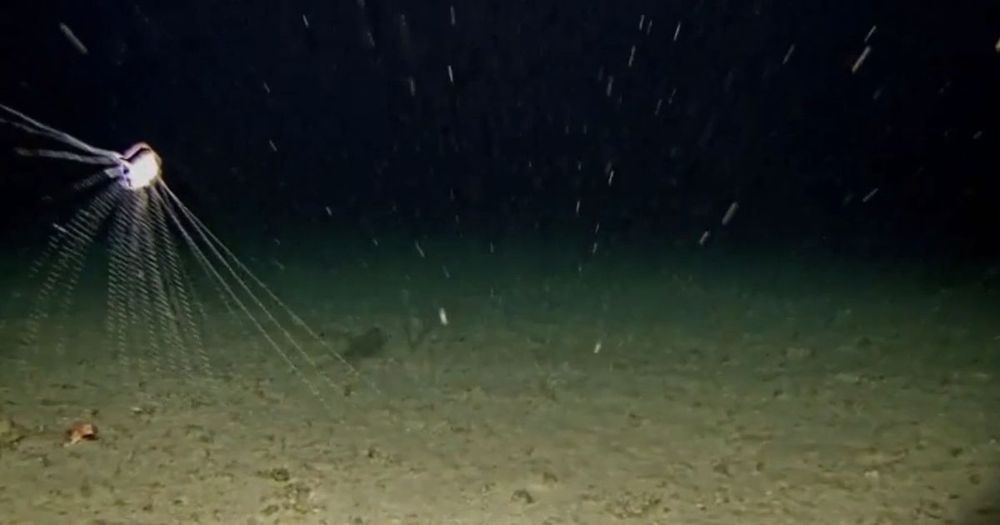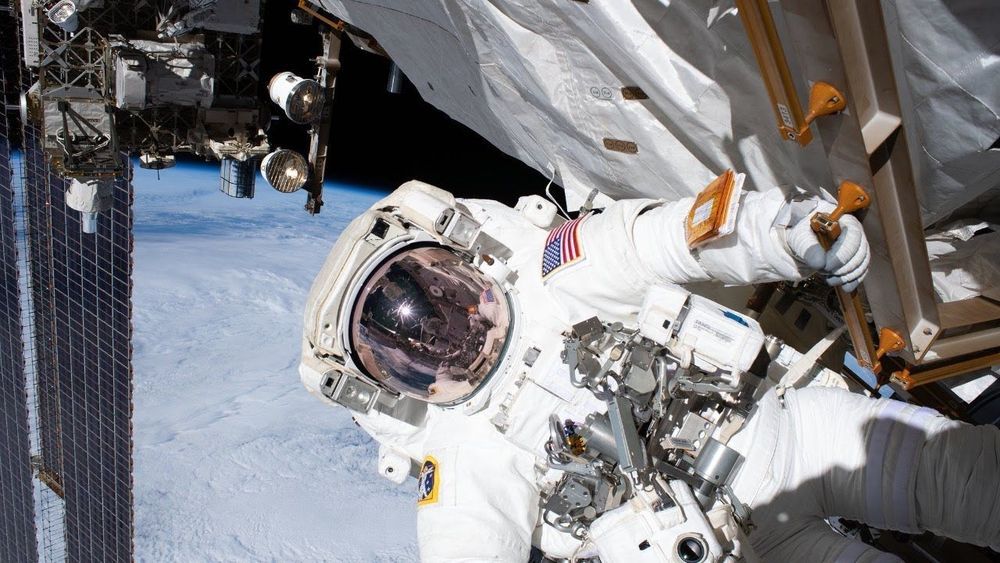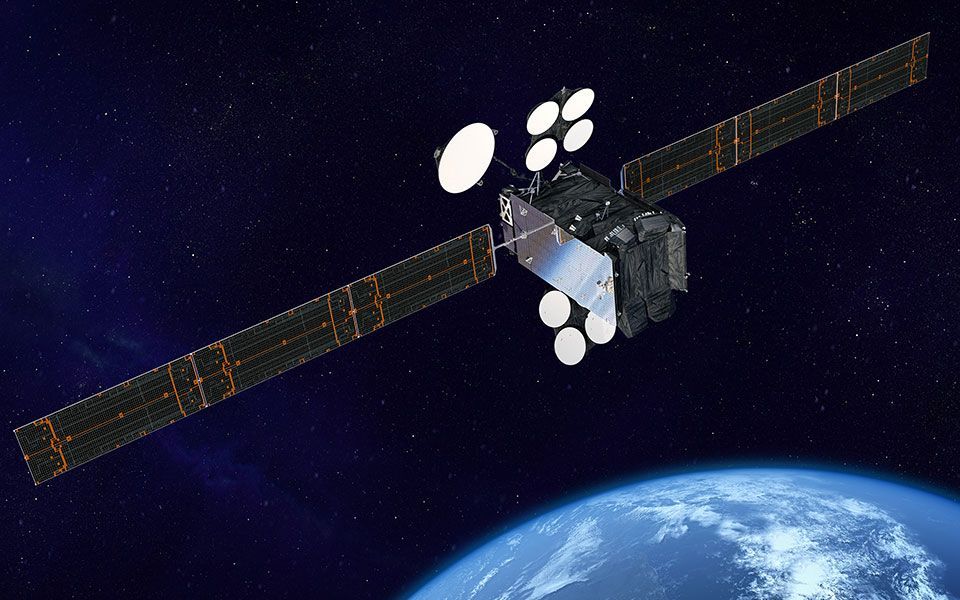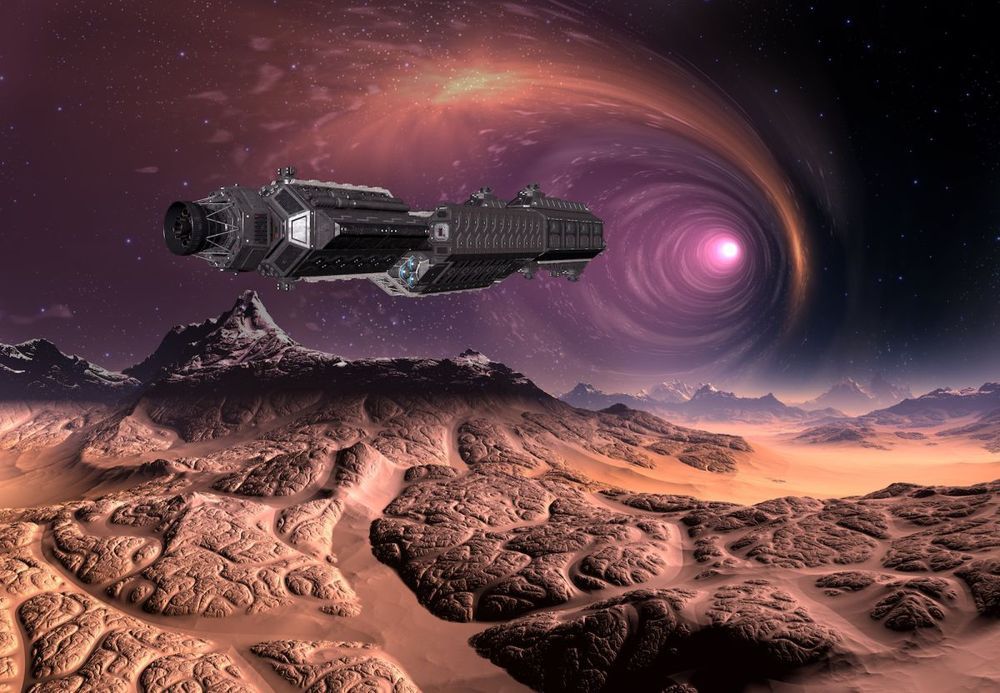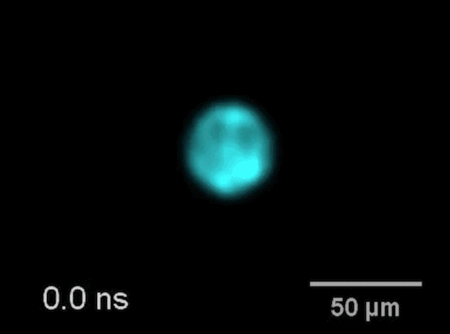You don’t need a big laser to make laser-induced graphene (LIG). Scientists at Rice University, the University of Tennessee, Knoxville (UT Knoxville) and Oak Ridge National Laboratory (ORNL) are using a very small visible beam to burn the foamy form of carbon into microscopic patterns.
Scientists record the formation of foamy laser-induced graphene made with a small laser mounted to a scanning electron microscope. The reduced size of the conductive material may make it more useful for flexible electronics.
